 Newport Street Scene
Newport Street Scene
Entry Type: Place
 Newport Street Scene
Newport Street Scene
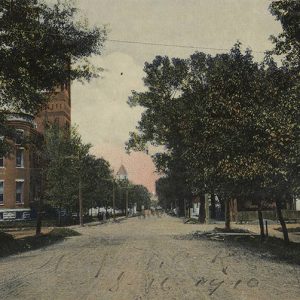 Newport Street Scene
Newport Street Scene
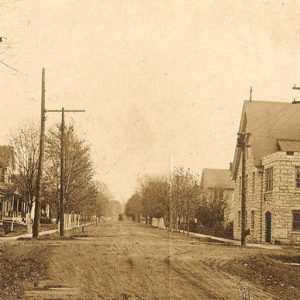 Newport Street Scene
Newport Street Scene
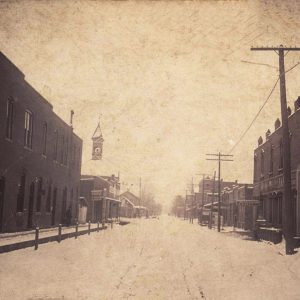 Newport Street Scene
Newport Street Scene
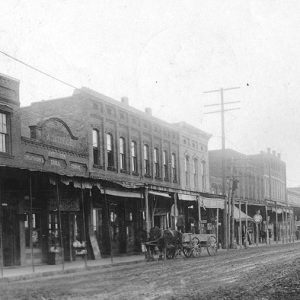 Newport Street Scene
Newport Street Scene
 Newport Street Scene
Newport Street Scene
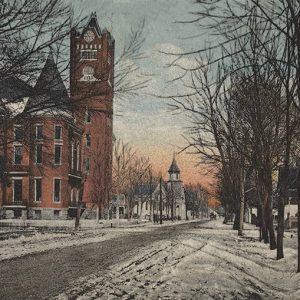 Newport Street Scene
Newport Street Scene
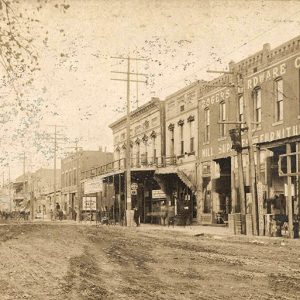 Newport Street Scene
Newport Street Scene
Newton County
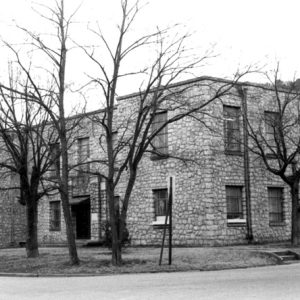 Newton County Courthouse
Newton County Courthouse
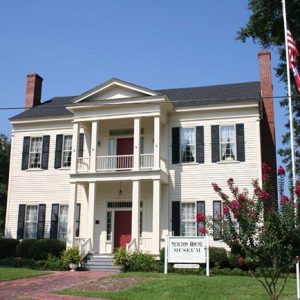 Newton House Museum
Newton House Museum
 Newton House
Newton House
 J. H. Niemann
J. H. Niemann
 Niloak Customers
Niloak Customers
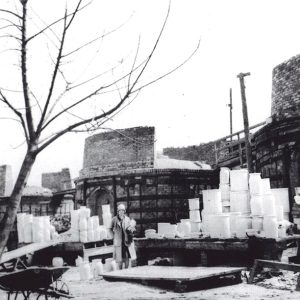 Niloak Kilns
Niloak Kilns
Nimmons (Clay County)
Nimrod (Perry County)
 Nimrod Baptist Church
Nimrod Baptist Church
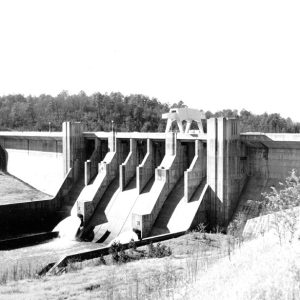 Nimrod Dam
Nimrod Dam
 Nimrod Dam
Nimrod Dam
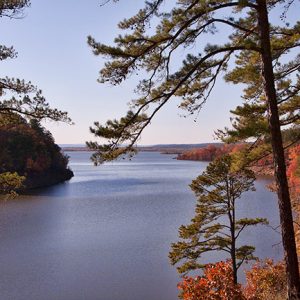 Nimrod Lake
Nimrod Lake
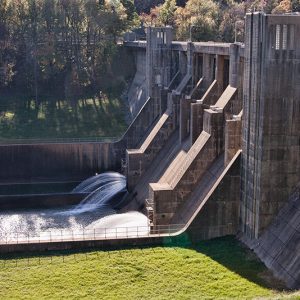 Nimrod Dam
Nimrod Dam
Nimrod Dam and Lake
 Nixon Library
Nixon Library
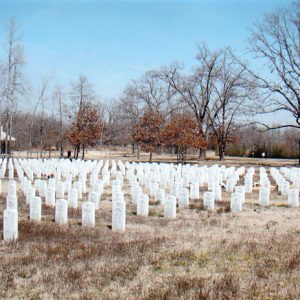 NLR Veterans Cemetery
NLR Veterans Cemetery
Nodena Site
 Nodena Site Aerial View
Nodena Site Aerial View
 Nodena Site Aerial View
Nodena Site Aerial View
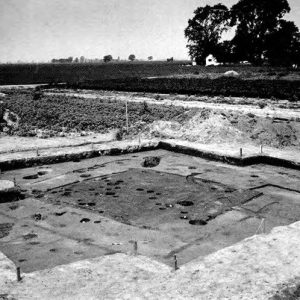 Nodena Site Excavation
Nodena Site Excavation
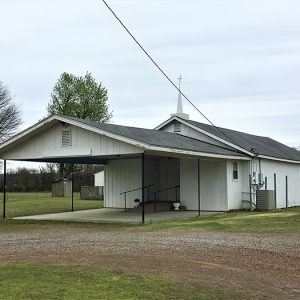 Nola Church of Christ
Nola Church of Christ
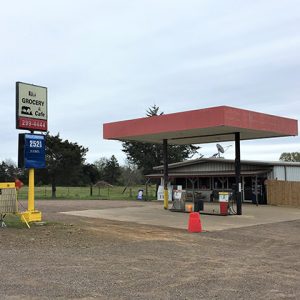 Nola Grocery and Cafe
Nola Grocery and Cafe
Nola (Scott County)
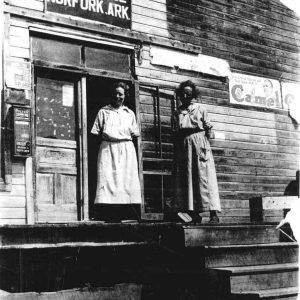 Norfork Post Office
Norfork Post Office
Norfork (Baxter County)
Norfork Dam and Lake
 Norfork Lake
Norfork Lake
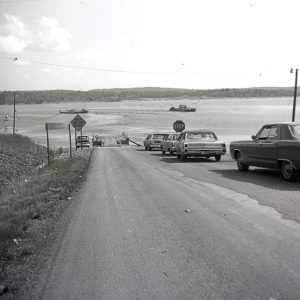 Norfork Lake Ferry
Norfork Lake Ferry
 Norfork Lake Ferry Crossing
Norfork Lake Ferry Crossing
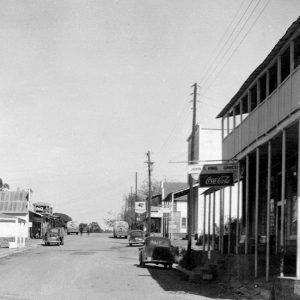 Norfork Street Scene
Norfork Street Scene
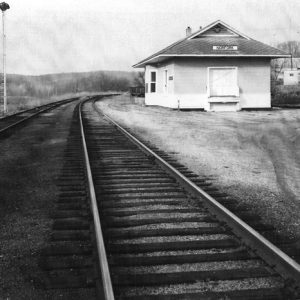 Norfork Train Depot
Norfork Train Depot
 Norick's Chapel
Norick's Chapel
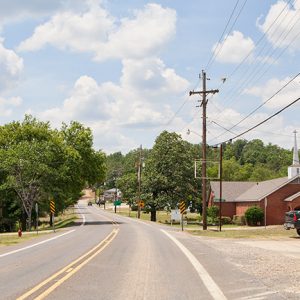 Norman
Norman
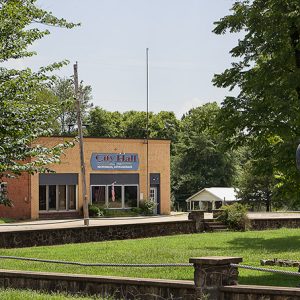 Norman City Hall
Norman City Hall
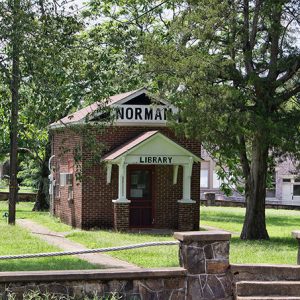 Norman Library
Norman Library
Norman (Montgomery County)
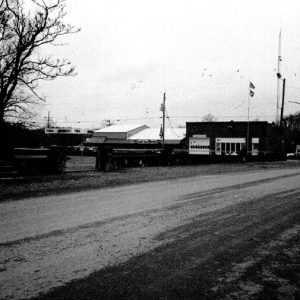 Norman Street Scene
Norman Street Scene
Norphlet (Union County)
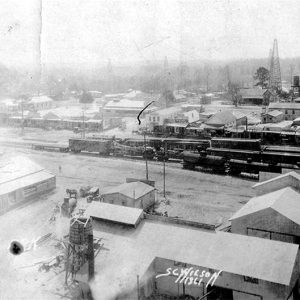 Norphlet View
Norphlet View
Norristown (Pope County)
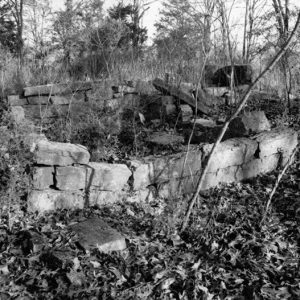 Norristown Cemetery
Norristown Cemetery




